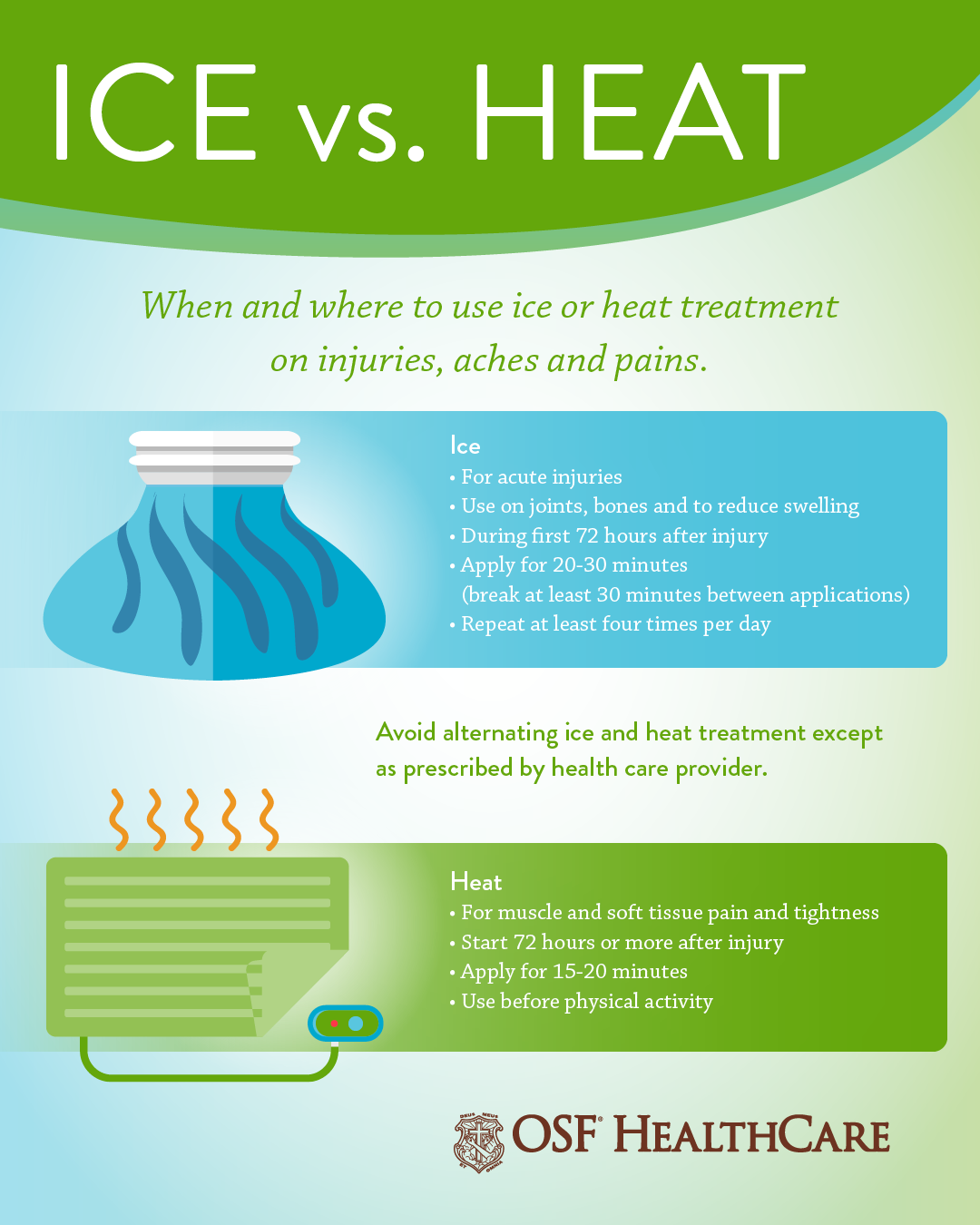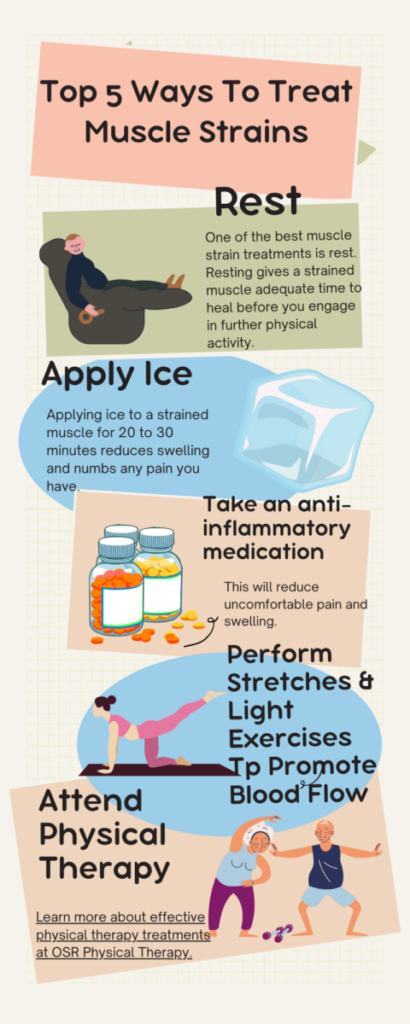Ice Vs Heat: What’S the Most Effective for Injuries And Pain
Ice is more effective for reducing inflammation and controlling acute pain, while heat helps to relax muscles and alleviate chronic pain. Understanding when to use each therapy can significantly aid in the healing process and provide relief for various injuries and pain conditions.
Ice therapy can numb sore tissues and reduce swelling immediately after an injury, whereas heat therapy is beneficial for increasing blood flow and promoting relaxation in stiff muscles. By knowing the difference between the two and how they work, individuals can make informed decisions on the most suitable treatment for their specific pain or injury.
Implementing the right approach can help manage discomfort and support the body’s natural healing mechanisms effectively.
Ice Therapy
How Does Ice Therapy Work?
“` Ice therapy, also known as cryotherapy, involves the application of ice or cold packs to the injured or painful area to reduce swelling, inflammation, and pain. When the ice is applied, it causes the blood vessels to constrict, leading to a decrease in blood flow to the affected area, which helps in reducing swelling and inflammation. Additionally, ice numbs the area providing relief from pain and discomfort. “`htmlBenefits Of Ice Therapy
“` – Reduces Swelling: Ice therapy effectively reduces swelling by constricting the blood vessels and decreasing blood flow to the injured area. – Alleviates Pain: The numbing effect of ice provides immediate relief from pain and discomfort. – Speeds up Recovery: By reducing swelling and inflammation, ice therapy can aid in accelerating the healing process. Ice therapy is a simple, yet highly effective method for managing acute injuries and relieving pain. When used correctly, it can be a valuable component of the overall treatment plan for a variety of conditions.Heat Therapy
Heat therapy is a commonly used approach to manage pain and promote healing in various injuries and conditions. This method involves applying heat to the affected area, which can help increase blood flow, relax muscles, and alleviate discomfort.
How Does Heat Therapy Work?
When heat is applied to the body, it dilates the blood vessels, allowing more oxygen and nutrients to reach the damaged tissues. This process helps in speeding up the healing and reducing stiffness in the affected area. Heat also interrupts pain signals sent to the brain, providing temporary relief.
Benefits Of Heat Therapy
- Relief from muscle tightness and spasms
- Improved flexibility and range of motion
- Reduced joint stiffness and pain
- Promotion of relaxation and overall well-being
Using heat therapy can be an effective way to manage chronic conditions such as arthritis or muscle strains. It is a non-invasive and drug-free method with minimal side effects.
When To Use Ice Therapy
Ice therapy is a common treatment for various injuries and pain management. Understanding when to apply ice is crucial for effective recovery.
Acute Injuries
Ice therapy is most effective when treating acute injuries, such as sprains, strains, or bruises. Applying ice immediately can help reduce swelling and pain.
Swelling And Inflammation
Ice therapy is recommended for reducing swelling and inflammation in the affected area. Cold therapy constricts blood vessels, which can help alleviate these symptoms.

Credit: www.osfhealthcare.org
When To Use Heat Therapy
Heat therapy is an effective method for managing certain types of injuries and pain. This form of treatment can help with chronic injuries, muscle stiffness, and tension. Understanding when to use heat therapy can aid in promoting healing and relieving discomfort.
Chronic Injuries
Heat therapy is beneficial for chronic injuries as it helps to increase blood flow to the affected area, promoting healing and reducing pain. This method can be particularly useful for conditions such as arthritis, where the warmth can soothe achy joints and muscles.
Muscle Stiffness And Tension
For muscle stiffness and tension, heat therapy can provide relief. Applying heat to tight or tense muscles can help to relax and loosen them, promoting flexibility and reducing discomfort. It is an excellent option for individuals experiencing muscle soreness due to overexertion or poor posture.
Ice Vs Heat: Which Is More Effective?
Relieve pain and promote healing with ice and heat therapy. Discover which treatment is most effective for injuries and pain management.
In the realm of injury and pain management, two common treatments often come into play: ice therapy and heat therapy. While both methods have their own benefits and drawbacks, it’s crucial to understand the differences and choose the right therapy for the specific situation. Whether you’re dealing with a sprained ankle, muscle soreness, or any other type of acute or chronic pain, knowing when to ice and when to apply heat can make all the difference in your recovery process.
Understanding The Differences
Ice therapy, or cryotherapy, involves the application of cold temperatures to reduce pain, swelling, and inflammation. When applied to an injured area, ice constricts the blood vessels, numbs the nerves, and slows down the metabolic process, resulting in decreased swelling and pain relief. On the other hand, heat therapy, also known as thermotherapy, utilizes the application of warmth to increase blood flow, relax muscles, and ease stiffness. By dilating the blood vessels, heat helps to deliver more oxygen and nutrients to the injured area, promoting healing and relieving tension.
Choosing The Right Therapy
The key to selecting the most effective therapy lies in understanding the condition you’re dealing with. As a general rule of thumb, ice is typically recommended for acute injuries, such as sprains, strains, bruises, and inflammations. Applying an ice pack to the affected area for around 15-20 minutes at a time, every 2-3 hours can help alleviate pain and prevent excessive swelling. On the other hand, heat therapy is often more suitable for chronic conditions, including muscle stiffness, tension, and arthritis. Applying a heating pad or warm compress to the area for 15-20 minutes can help relax muscles and promote blood circulation.
It’s important to note that not all injuries and pain conditions are the same, and what works for one person may not be as effective for another. If you’re unsure about which therapy to use, it’s always best to consult with a healthcare professional or physical therapist. They can offer personalized advice tailored to your specific situation and guide you towards the most effective treatment plan for your injury or pain.

Credit: www.orthocarolina.com

Credit: www.orthopedicone.com
Frequently Asked Questions On Ice Vs Heat: What’s The Most Effective For Injuries And Pain
What Is The Best Method For Treating Injuries And Pain: Ice Or Heat?
Ice and heat are both effective in treating injuries and pain, but it depends on the type of injury.
When Should I Use Ice For Injuries And Pain?
Ice is best used for acute injuries or recent pain as it helps reduce swelling and inflammation.
When Is Heat More Effective For Injuries And Pain?
Heat is most effective for chronic pain or stiffness as it helps to relax muscles and improve blood circulation.
Conclusion
The choice between using ice or heat for injuries and pain depends on the nature of the injury and the individual’s preferences. Understanding when to use each treatment method can significantly impact recovery and pain relief. It’s essential to consult a healthcare professional for personalized advice.
Ultimately, the effectiveness of ice or heat varies depending on the specific injury or condition. Finding the best approach for each situation will help in achieving the most effective treatment.







